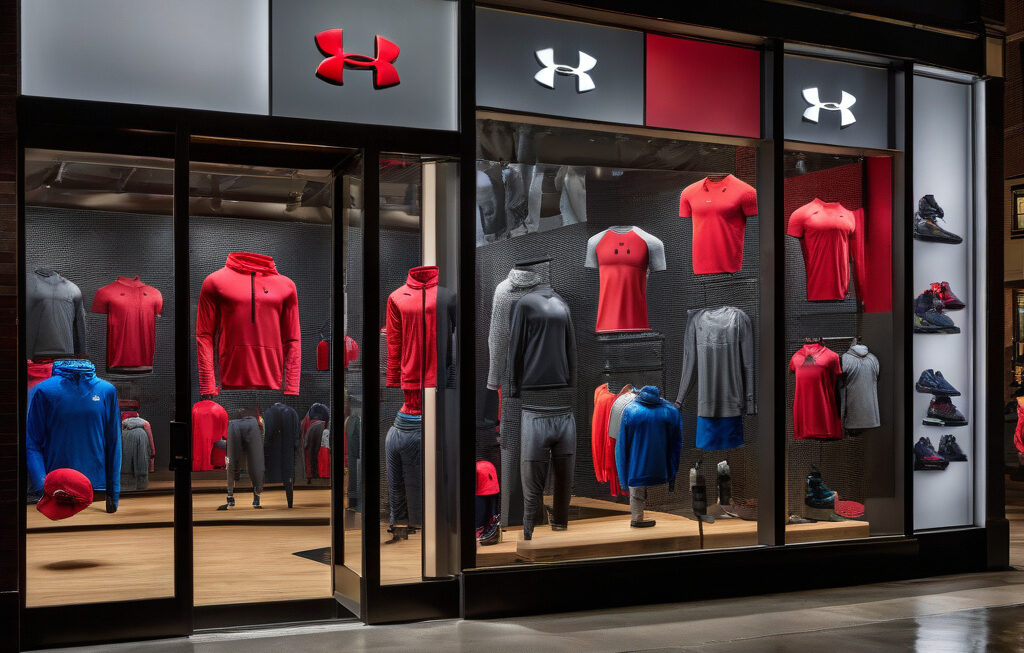Nike’s Declining Brand Heat: Analyzing the Impact in Five Charts
Nike, the global sportswear giant, has long been a powerhouse in the industry, setting trends and driving cultural conversations with its innovative designs and marketing strategies. However, recent data trends suggest that the brand’s once red-hot status may be cooling off. In particular, Nike’s hottest sneaker styles, which have traditionally been a key indicator of the brand’s cultural cachet, are showing signs of decline. This shift poses a significant challenge for Nike’s new CEO, Elliott Hill, who will need to address these issues effectively to steer the brand back on track.
Chart 1: Sneaker Sales Decline
One of the most telling indicators of Nike’s declining brand heat is the drop in sales of its hottest sneaker styles. Data shows that these once popular designs are no longer flying off the shelves as they used to, indicating a shift in consumer preferences or a potential saturation of the market. This decline in sneaker sales is a clear red flag for Nike, signaling the need for a strategic reassessment of its product offerings and marketing tactics.
Chart 2: Social Media Mentions
Another key metric to consider is the level of social media buzz surrounding Nike’s brand and products. A decrease in social media mentions, especially in comparison to competitors or previous time periods, can point to a loss of relevance and engagement among consumers. Monitoring this metric can provide valuable insights into how the brand is perceived in the digital sphere and help identify areas for improvement in its social media strategy.
Chart 3: Brand Loyalty Trends
Brand loyalty is a crucial factor in sustaining long-term success for any company. Monitoring trends in brand loyalty can reveal whether customers are continuing to choose Nike over its competitors and whether there are any significant shifts in consumer behavior. A decline in brand loyalty could indicate issues with product quality, customer service, or overall brand perception that need to be addressed promptly.
Chart 4: Stock Performance
While not a direct measure of brand heat, Nike’s stock performance can offer valuable insights into investor confidence and market sentiment towards the brand. A decline in stock prices or market capitalization could reflect concerns about Nike’s growth prospects, competitive positioning, or overall financial health. Analyzing these trends alongside other metrics can help paint a comprehensive picture of the brand’s current standing and future outlook.
Chart 5: Consumer Sentiment Analysis
Lastly, tracking consumer sentiment through surveys, reviews, and other feedback channels can provide nuanced insights into how customers perceive Nike and its products. Analyzing sentiment trends, sentiment drivers, and sentiment shifts can help identify key pain points, strengths, and opportunities for improvement. By listening to the voice of the consumer, Nike can gain valuable perspective on what is working well and what needs to change to regain its brand heat.
In conclusion, Nike’s declining brand heat, as evidenced by the cooling off of its hottest sneaker styles, poses a significant challenge for the brand’s new CEO, Elliott Hill. By analyzing key metrics such as sneaker sales, social media mentions, brand loyalty, stock performance, and consumer sentiment, Nike can gain a comprehensive understanding of its current standing and chart a course for revitalizing its brand. Addressing these issues effectively will be crucial for Nike to regain its cultural cachet and reclaim its position as a trendsetter in the competitive sportswear market.
Nike, BrandHeat, SneakerSales, ConsumerSentiment, MarketPerformance












